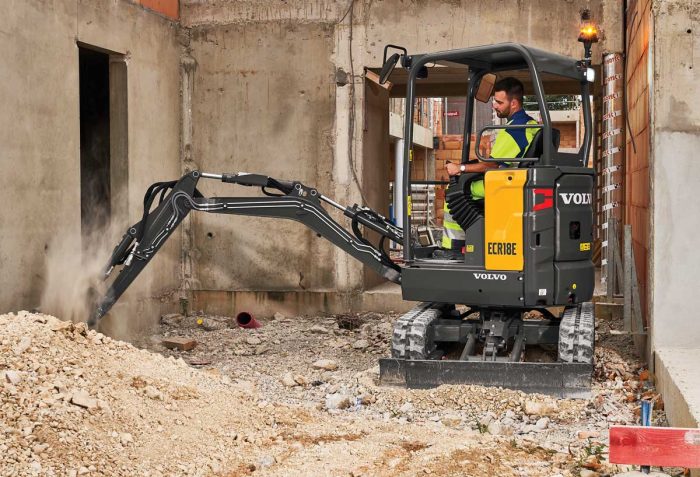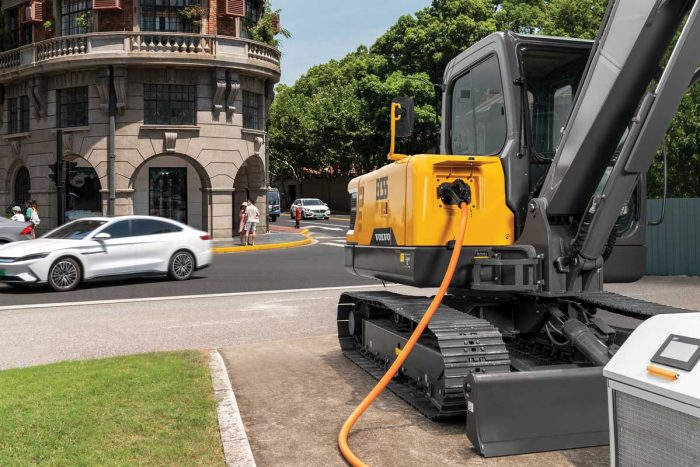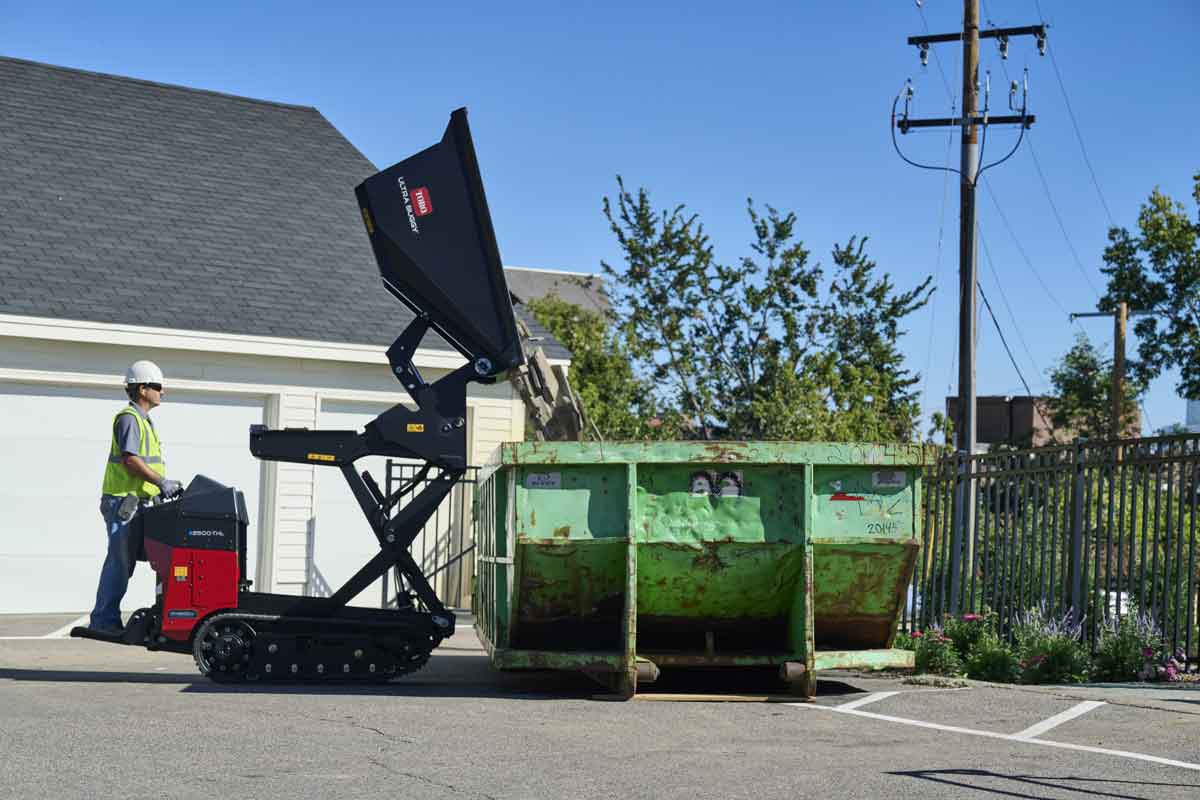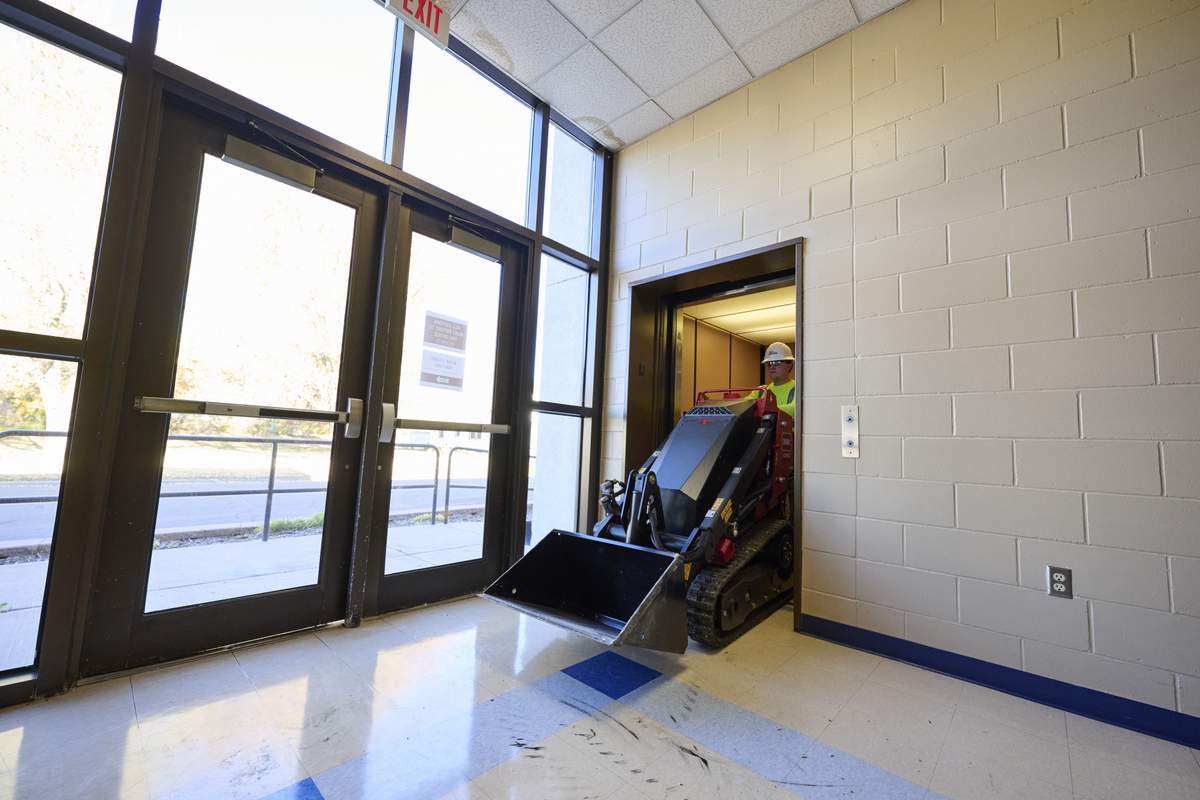Machine Heads Video: An Electric Compact Excavator Deep Dive with Volvo’s Darren Ashton
The use of electric power in construction machines is not new. Electric-powered equipment has long been used in the mining and demolition markets. Certain machine sectors like industrial forklifts and mobile elevating work platforms (MEWPs) have used batteries for years. Now, popular compact equipment categories like mini excavators and compact wheel loaders are getting electrified, which is an exciting proposition for progressive contractors, but there are both challenges and benefits to these battery-powered units. Where does electric off-highway construction equipment fit in a fleet’s toolbox, and how can they be used to make a company more efficient and profitable?
We decided to ask Darren Ashton, product manager of compact equipment with Volvo Construction Equipment, in our latest Machine Heads video. Ashton is an expert at both diesel-powered and battery-powered off-highway construction equipment, as well as just a great conversationalist. Volvo Construction Equipment offers a range of both internal combustion (ICE) and electric compact excavators. This includes 10 ICE models, with five featuring reduced tail swing (RTS), four conventional and one wheeled, and three electric models, including two RTS and one conventional, ranging from 16 to 20 kWh.
Should You Buy or Rent an Electric Compact Excavator?

To answer that question, we suggest you watch the Machine Heads video above. Electric-powered construction equipment isn’t that different than diesel-powered equipment. With the absence of a diesel engine, maintenance on a battery-powered machine will be a lot less messy. Everything from checking engine oil to replacing fuel filters will no longer be needed. That time and money adds up over the years. Because electric equipment doesn’t create emissions, there will be no need for emissions aftertreatment systems like diesel particulate filters or extra products like diesel exhaust fluid or DEF. Electric motors are more reliable and durable than diesel motors, which could mean fewer overhauls. Pretty much the only maintenance supplies required on a battery-powered machine are grease and hydraulic oil. There will be some new checks and training. Depending on your unit, the lithium-ion battery, charging plug, inverter, battery management system and power converter may need visual inspections. Mechanics will also need some new training and safety guidelines when it comes to battery-powered equipment.
Maybe the biggest benefits of electric construction equipment come from a trio of pollution factors — no emissions, no smell and low noise. Reduced noise, smell and emissions create a safer work environment for the operator and coworkers and keeps jobsite neighbors happy. This non-pollutive trio allows pros to find new work. Indoor demolition, jobs near a hospital, nighttime projects or work inside a zoo might be new opportunities for a contractor that can promise no emissions, no smell and very low noise during a project.

This extra work will also come with a new green halo for a construction business. Utilizing electric equipment is a great opportunity to market a company as being environmentally conscious and less invasive. Both homeowners and commercial businesses appreciate eco-focused construction — especially when it means less noise and less fumes Soon, projects may require them. Organizations like the California Air Resources Board are already setting rules for a zero-emissions automotive market. Off-highway equipment will likely be next. Employing electric equipment now allows companies and their customers to be good stewards of the environment and practice sustainability.
While an electric machine will boast the same power and work specifications as its diesel counterpart, electric machines will have some differences from a diesel machine. As mentioned, battery-powered equipment creates less noise than a traditional diesel machine, and that’s significant when operating all day long. Electric units also boast lower vibrations, which creates less fatigue and improves the operator’s experience. One of the most popular aspects of operating an electrical machine is the instant response from the unit. As soon as the machine starts running, the electric motor provides instant torque and an immediate surge of power, so joystick responses are instantaneous.
So, what are the downsides to electric excavators? Well, electric construction equipment can cost twice or three times as much as its diesel counterpart. Take a deep breath and let the sticker shock pass. Now, there are ways to lower that price. Federal and state grant programs and various tax incentives are available (learn about those here). Also, feel free to visit the U.S. Department of Energy’s website for a list of incentives, laws and regulations for electric vehicles at both a federal and state level. It is essential that the buyer works with the dealer to understand grant and rebate opportunities that can help ease the pain of the purchase price. In the future, electric machine prices are likely to come down as increasing volume supports driving down component costs.

The second big obstacle will be charging infrastructure. Properly charging a battery-powered machine will be important for its daily usage and longevity, so building a charging infrastructure and charging routine will be essential.
Ashton explains all of this and more in the Machine Heads video above. To learn more about Volvo’s electric excavators specifically, click right here.
Wayne Greyson is the Machine Heads editor for Compact Equipment.




